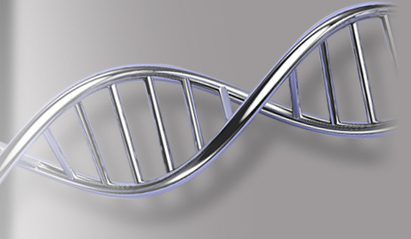CodeLinker Features
You are here
With CodeLinker, your functional genomics experimentation doesn’t stop at the bench. Using this paradigm, you can take your data and look at it using different algorithms and visualizations. Whether you are working with microarrays or RNA-Seq differential expression results from Cuffdiff, CodeLinker can give you the insight you are looking for from your datasets. Store all your analyses and visualizations in CodeLinker, you don't even need to remember to save the project, it’s done automatically.
NORMALIZATION
Technical error can creep into the best planned and executed experiments. As a pre-requisite to analysing your data, you may need to put your data on a single scale of variation. So to help you level the playing field, CodeLinker has a collection of techniques for correcting non-biological variation between samples.
CLUSTERING
The goal of expression analysis with CodeLinker is to explore your expression profiles in order to make biological inferences about your dataset. It doesn't matter whether your point of view is from that of the genes or the samples you are working with. CodeLinker’s collection of tools assists you in doing that. Clustering is the name given to the task of grouping items together in such a way that those within the cluster are more similar to each other than those in other clusters. Choose from the classical clustering algorithm or algorithms rooted in agglomerative methods or methods based on the similarity between neighbors. With Codelinker, you have wide choices. While the methods may vary, the end goal is to uncover patterns of expression that give you insight into the problem you are studying, perhaps even uncovering patterns you did not know existed.
DISTANCE METRICS
Comparison of expression profiles requires the ability to measure how similar the genes or samples in question are. In order to accomplish this, ten distance measures are available in CodeLinker covering a wide variety of scenarios. Seven distance metrics are devoted to the measurement between the data points in a cluster and three separate distance measurements are devoted to the distance between the clusters.
PRINCIPAL COMPONENT ANALYSIS
Typically, gene expression datasets are large and complex with large numbers of interrelationships. This is true whether you have generated your data using RNA-Seq for differential expression analysis or you have used microarrays. With large numbers of genes and the potential for many samples, one of the best ways to proceed is to reduce the dimension space you are exploring using Principal Component Analysis (PCA). With no parameters to set, this is one of the easiest ways to begin your analysis and reduce complexity, while still computing a new, much smaller set of uncorrelated variables which best represent the original data.
VISUALIZATIONS
CodeLinker implements visualization at every step starting from the moment you import your data. CodeLinker offers you plots which let you visually determine those genes that show significant induction or repression through to looking at expression profiles when you are exploring the entirety of your samples or genes. Whether you want to visualize the exemplar profile for the clusters generated, or display the profiles of individual members within a cluster, CodeLinker has plots which really highlight clustering relationships.
DATA PREDICTION
What makes CodeLinker unique is its set of data prediction tools, especially SLAM which is something you won’t find anywhere else – it’s an association mining tool. This means that it can search through your expression data, exploring the expression profiles with the goal of creating a list of interesting genes. Quite simply put, the algorithm will find sets of gene expression values which co-occur more frequently within each dataset. Together with tools to help you identify patterns of gene expression that characterize different responses to stimuli, disease states, or drug treatments, you can then put this knowledge to work testing hypotheses.


